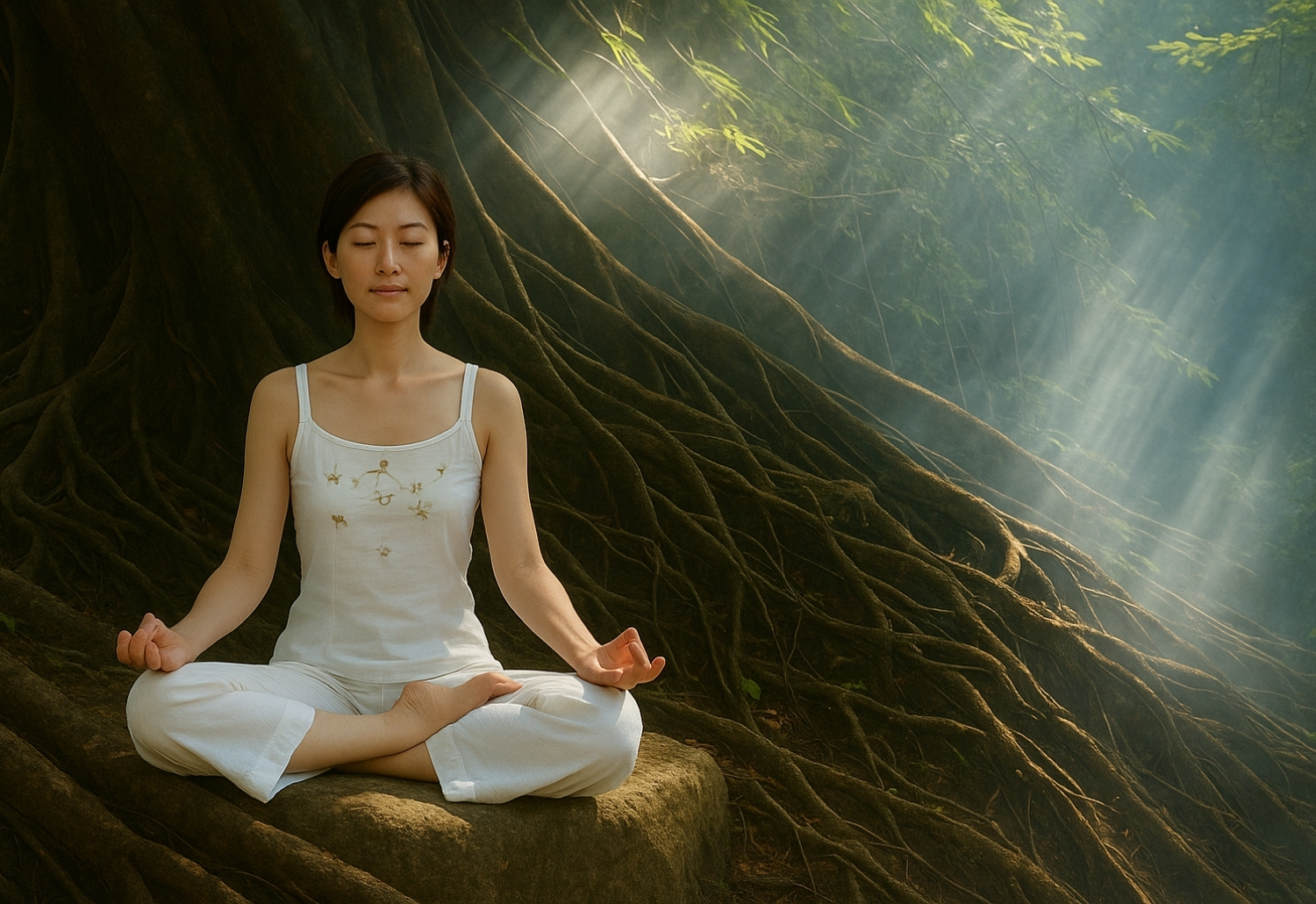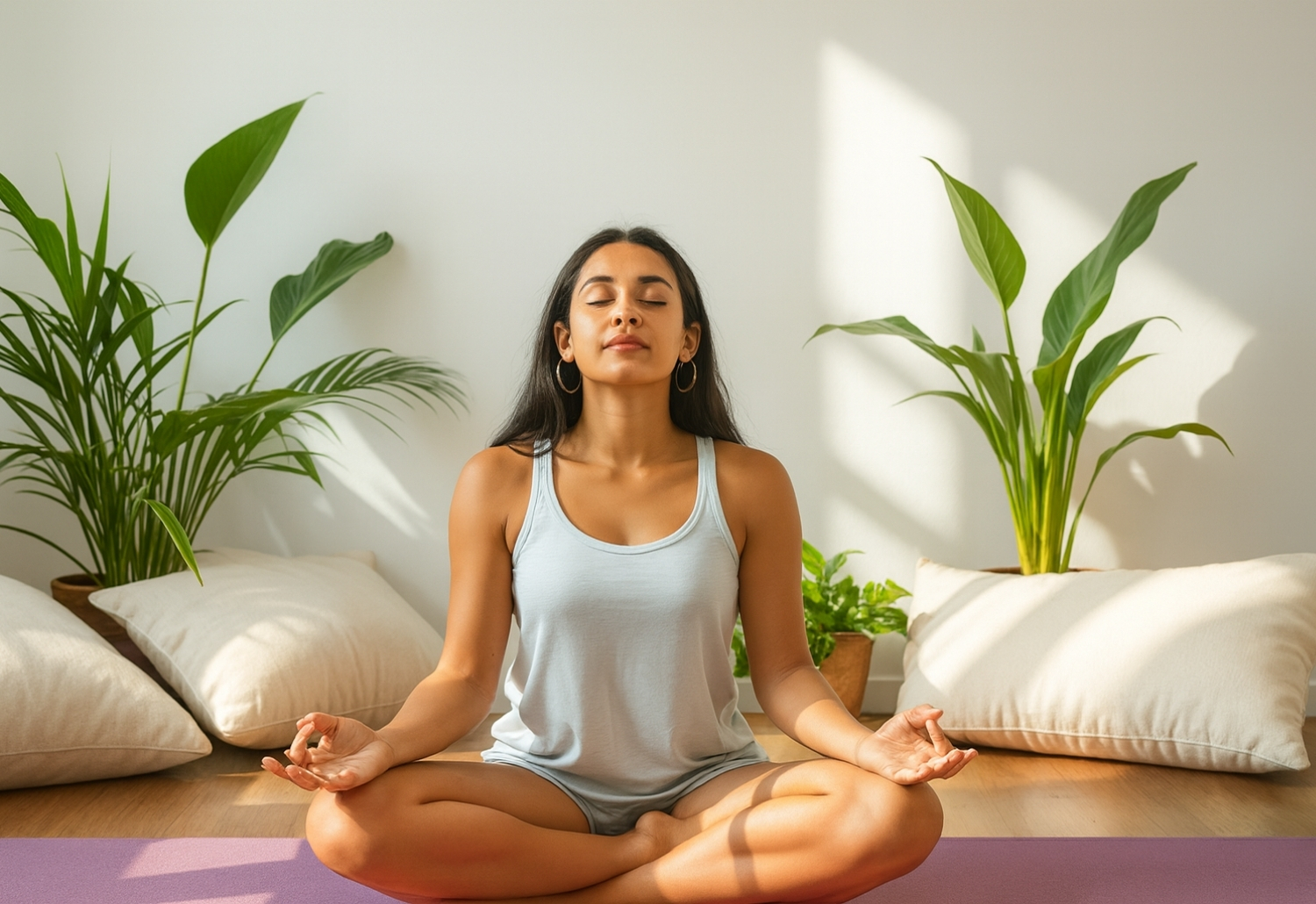Breathing Exercise for Better Sleep
Struggling to fall asleep at night is something you likely know too well. Whether it’s work-related stress, seasonal health shifts, or simply an overactive mind, restlessness can leave you tossing and turning for hours. A doctor’s simple method for calming your body and mind promises to help you drift off in just minutes.
Why Sleep Struggles Are So Common
You aren’t alone if you lie awake at night. Millions of people around the world suffer from disturbed sleep patterns, according to numerous studies. The causes can range from stress related to mental health to digital wellness practices like scrolling before bed to seasonal affective disorder (SAD) during the darker months. Inadequate sleep has an impact on your long-term health, immunity, and wellness practices in addition to making you feel exhausted.
The foundation of preventative care is sleep, and obtaining adequate restorative sleep helps with everything from preventing burnout to boosting the immune system. Nevertheless, many people still struggle to succeed in spite of this knowledge. A useful, scientifically supported hack can help with that.
The Fundamental Breathing Method
The doctor says that concentrating on controlled breathing is the best strategy to get to sleep more quickly. You must lie comfortably, close your eyes, and take a deep breath through your nose for four seconds, hold it for seven seconds, and then slowly release it through your mouth for eight seconds.
This technique, also known as the 4-7-8 technique, lowers stress hormones, slows down your heart rate, and puts your body in a relaxed state. Your nervous system settles down and your body gets ready for sleep in a matter of cycles.
Why This Is So Effective
Although breathing techniques are not new, they have a significant effect on sleep. The parasympathetic nervous system, which promotes relaxation, is triggered when you consciously regulate your breathing. It inhibits the stress response known as “fight or flight,” which keeps you up most of the time.
This tip is particularly beneficial if you suffer from anxiety, seasonal affective disorder, or insomnia brought on by stress. Consider it a quick, easily accessible tool that doesn’t require expensive devices, supplements, or medication as part of your wellness routine.

Breathing in Natural Atmospher
Creating the Right Environment
While the breathing method can help, you’ll see the best results when combined with healthy bedtime habits. To make it easier, you can:
- Minimize screen time an hour before bed to avoid digital wellness disruptions from blue light.
- Maintain a cool, dark room, as this helps regulate your circadian rhythm.
- Avoid heavy meals and caffeine late in the evening.
- Stick to a routine, going to bed and waking up at the same time each day.
These small adjustments can support the breathing exercise and create the right conditions for restorative sleep.
The Broader Health Benefits of Better Sleep
When you consistently get quality rest, you improve far more than your energy levels. Adequate sleep strengthens your immune system, making you less vulnerable during flu season. It supports mental health awareness by reducing stress, anxiety, and symptoms of depression. It can even improve your focus and productivity, which helps with burnout prevention at work.
Nutrition and physical activity play a role too, but without good sleep, even the healthiest routines can fall short. Think of it as the foundation for other healthy habits.
Can You Really Train Your Body to Sleep Faster?
With practice, yes. Repeating sleep practices increases their effectiveness, much like creating healthy eating habits or adhering to autumn detox plans. You can reinforce the habit of falling asleep faster by teaching your body and mind to use the 4-7-8 breathing cycle every night. It will become second nature to you over time.
A Practical, Safe, and Accessible Tool
This hack’s accessibility may be its greatest asset. You don’t require risky techniques, costly sleep aids, or supplements. All you need are a few minutes to spare, a quiet place, and the willingness to concentrate.
This tool is useful and safe for anyone experiencing the effects of seasonal health challenges, including professionals dealing with burnout, students managing healthy habits during stressful semesters, and others.
Conclusion
It’s not always necessary to take extreme measures to get to sleep. You can encourage your body to enter a state of rest by using a basic breathing technique. You’ll lay a solid foundation for better days and healthier nights if you combine it with routines that support you. One of the most crucial wellness tools you can prioritize is getting enough good sleep, which supports immunity, mood, and mental health.

